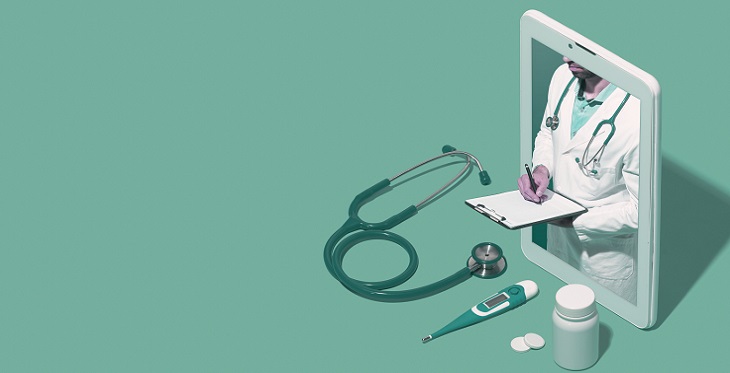Competencies that should be covered in a teletherapy training for behavioral health professionals
Teletherapy practice requires a consistent application of evidence-based competencies for the best patient outcomes, but many clinicians practice teletherapy without even realizing that they are missing key competencies. As the CEO of the Telehealth Certification Institute, a teletherapy training provider of over 22,000 clinicians, I’ve noticed that students are often surprised with how much their practice competencies develop after they attend a rigorous teletherapy training.
Unfortunately, graduate-level counseling programs rarely feature teletherapy coursework in their curriculums. Clinical instruction for on-site therapy is still the main focus for most educational institutions, despite the rise in evidence that supports telemental health.




